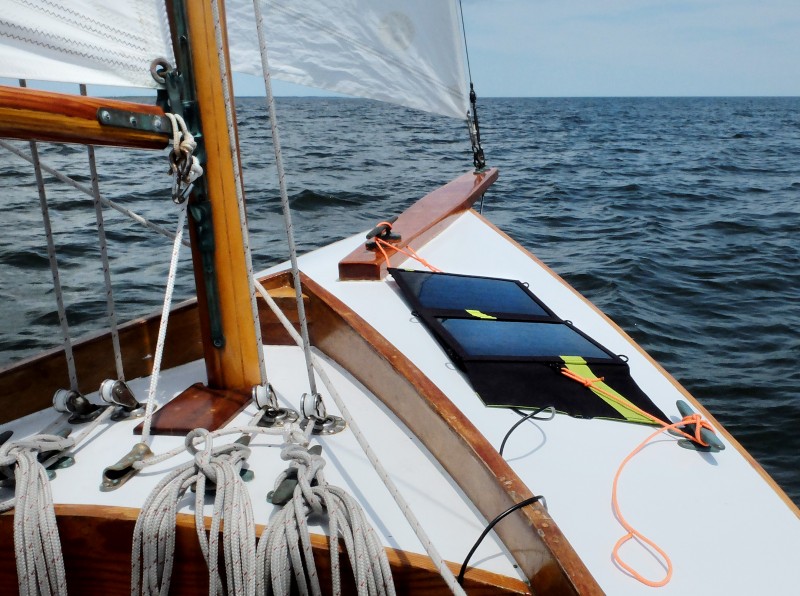
Secured on deck, the solar-cell panel gathers a charge while underway.
A 110-volt electrical outlet is hard to find while sailing coastal Carolina. Sure, if you grab the corner seat at the Big Trout Marina Café in Engelhard you can use the outlet there, or leave a tip at the ice cream shop on the Beaufort waterfront to use their power. But when anchored out on a beautiful creek, your camera battery weak, the phone battery about to die, you’re out of luck. My solution is to bring power along in the form of Goal Zero’s Sherpa Solar Kit ($409.97), which includes the Nomad 13 Solar Panel ($159.99), a Sherpa 50 Power pack ($199.99), and the Sherpa Inverter ($49.99).
The solar panel, compact, portable, and weather resistant, is meant for camping and backpacking. It works on small boats, too. Folded for storage, the panel measures 9″ x 10.5″ x 1″ with the junction box and cables stores neatly in a mesh pouch on the side. On my boat SPARTINA, a 17′ Welsford yawl, the panel fits in a Pelican box along with the power pack, inverter, and battery chargers.
Before launching I can charge the power pack from a wall outlet or from a car’s lighter socket. While I’m sailing, the Sherpa 50 can charge electronic devices—smartphones, cameras, tablets and laptops—through a USB connection, a 12-volt car plug or, through the inverter’s 110V AC outlet.
I usually pick clear skies for charging and, if I’m charging while under way, calm water. The panel can take a little salt spray, but I don’t want it soaked. (The power pack is not water resistant.) On a sunny day I’ll open the panel to its full 18″ x 10.5″ width on the foredeck, and position the panel to face the sun or nearly so. Fastened there with lines leading to the bow and side cleats, the panel can get the bonus of sunlight reflected off the jib.
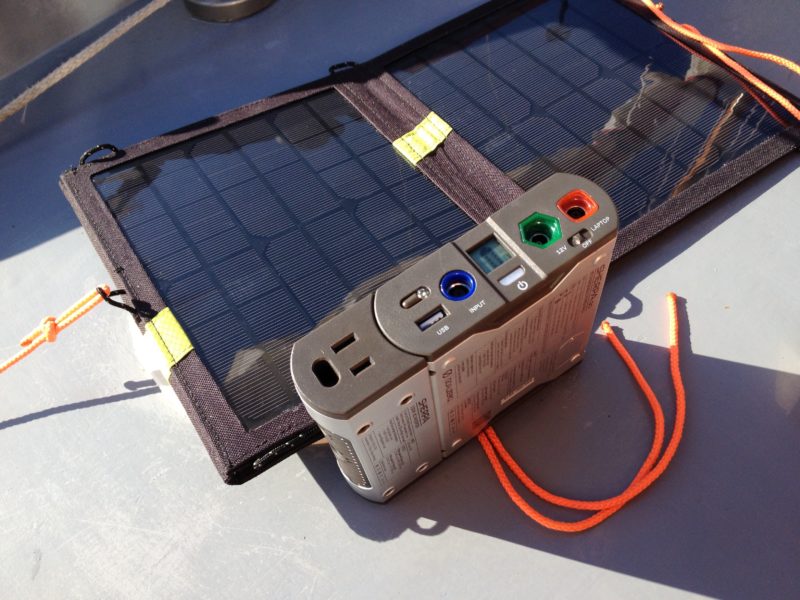
The power pack has an inverter attached (left with the AC outlet) . It is installed under the foredeck, out of the elements.
A cable runs aft from the solar panel, drops into the cockpit, then goes up under the foredeck where it connects to the Sherpa 50 Power Pack. A pulsating blue light on the power pack indicates that the panel is charging the power pack, and a battery monitor indicates the battery’s strength. The inverter attaches to the power pack, and I plug my camera battery charger into the inverter. As the power pack charges the battery, the solar panel recharges the power pack. A couple of hours later I’ve got both camera battery and power pack at 100 percent.
Direct sunlight is key. A light overcast will reduce the charging ability; with a heavy overcast that little blue light will stop glowing and you won’t be getting a charge.
I’ve been watching product reviews on portable solar panels for years. The ratings were inconsistent, at least until now; Goal Zero has come up with products that are proving to be reliable. My particular system is not cheap, but it gives me freedom to cast off and sail, and not have to worry about getting back to the dock to charge my camera and phone batteries.![]()
Steve Earley built and sails SPARTINA, a John Welsford-designed Pathfinder. His blog, The Log of Spartina, includes many accounts of his cruises in Pamlico Sound in North Carolina and the Chesapeake Bay.
Goal Zero has a wide selection of solar panels from 7 to 90 watts and power packs from 8 to 98 watt hours. Kits range from $120 to $1800.
Editor’s note:
There are many portable solar charging systems available for small boats where it may be impractical to have a permanently mounted waterproof panel. The Goal Zero system Steve Early uses supplies DC straight from the Sherpa power pack and AC through the inverter. Most of the devices I use aboard my boats operate on DC with AA batteries: GPS, camera, lights, and weather radio.
With these devices I can get by with a stock of AA batteries, either rechargeable or the ubiquitous alkaline versions, but my VHF radio and cell phone require recharging. I’ve had VHFs that have the option of an AA battery tray, but my current radio requires a charger that plugs into 110-volt AC wall outlets at home. An inverter, like the one Steve has, would be required to recharge my VHF from a DC power cell. Until I get an inverter, I keep my VHF off when I’m not using it.
I can charge my cell phone at home or in my car. While I’m cruising I can charge it with a solar power system using a USB connection. Most of the areas that I travel by boat have cell coverage, and my phone provides a valuable connection to my family back home. There have been a few occasions where my plans have had to change unexpectedly, and by calling home I can update my travel plans and prevent the kind of undue concern that can lead to unnecessary calls to the Coast Guard.
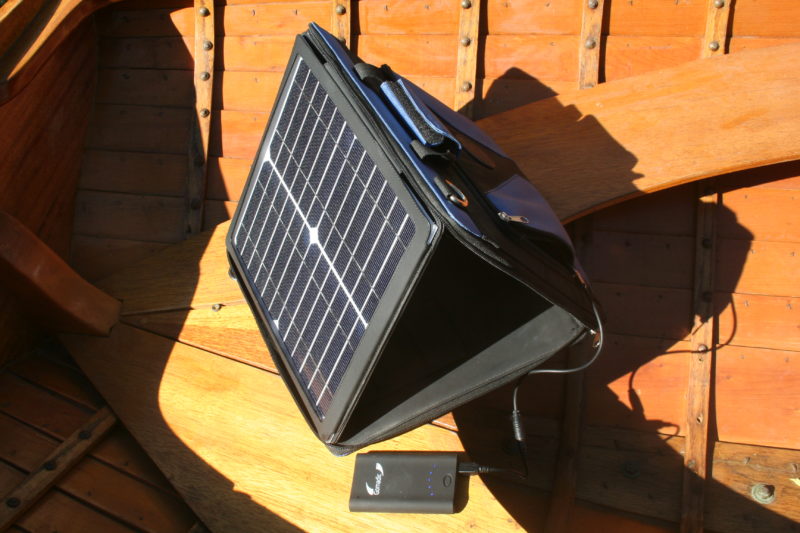
The SunVolt case holds the solar panel to face the sun.
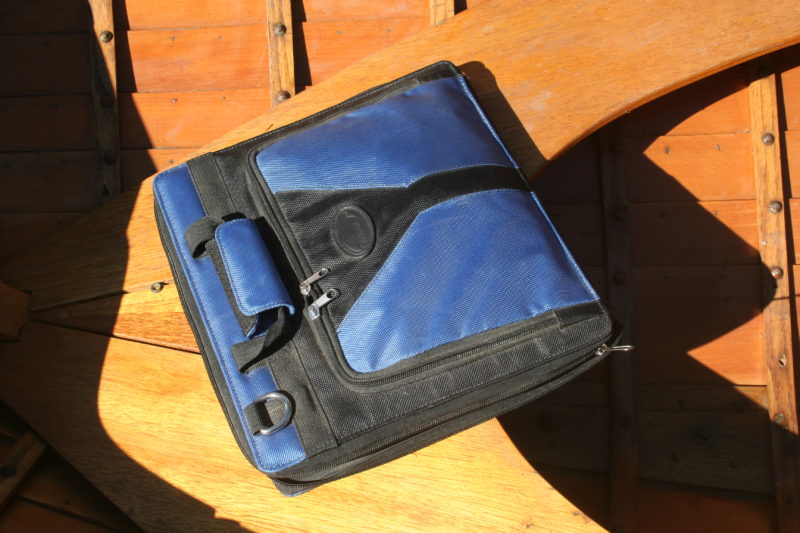
It folds up into a carrying case
I have been using two systems to keep my cell phone charged. My Gomadic SunVolt Portable Solar Power Station is built into a nylon carrying case with nonskid feet sewn to the side that becomes the base when the panel is in use. Opened, the case is designed to set the solar panel at various angles to optimize its exposure to the sun. The storage battery has five blue LED lights that indicate the level of charge.
A pocket on the outside of the case provides a place for the battery and cables, and has room enough to protect the devices being charged from the heat of direct sunlight. On a sunny day the SunVolt can charge the storage battery with enough power to recharge the phone a couple of times; on an overcast day the panel will still gather enough energy for a single charge.
Gomadic’s SunVolt Portable Solar Power Station sells for $99.95.
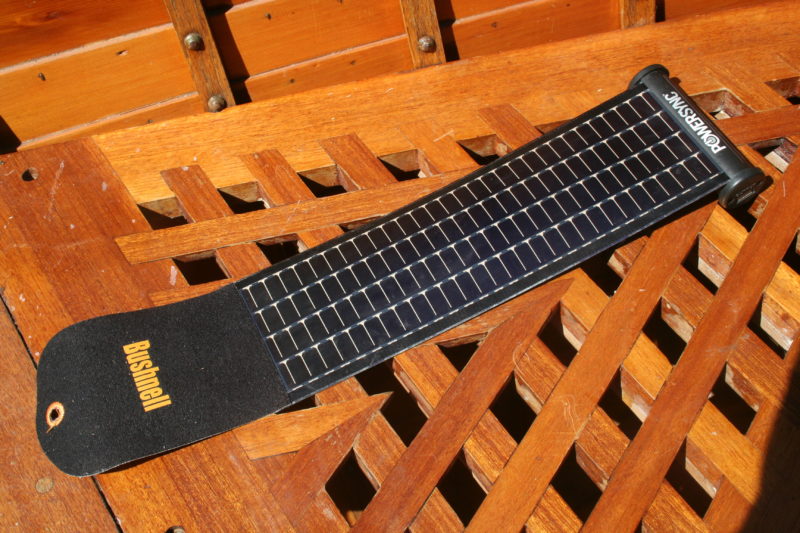
The Solar Wrap Mini unrolls to expose the flexible solar panel.
The Bushnell Solar Wrap Mini is quite compact, only a bit larger than a roll of quarters. The solar cells are on a flexible panel that wraps around a cylinder equipped with a storage battery, a charging port, a charging indicator light, and a USB port. I leave the Mini out in the sun during the day and recharge my phone in the evening.
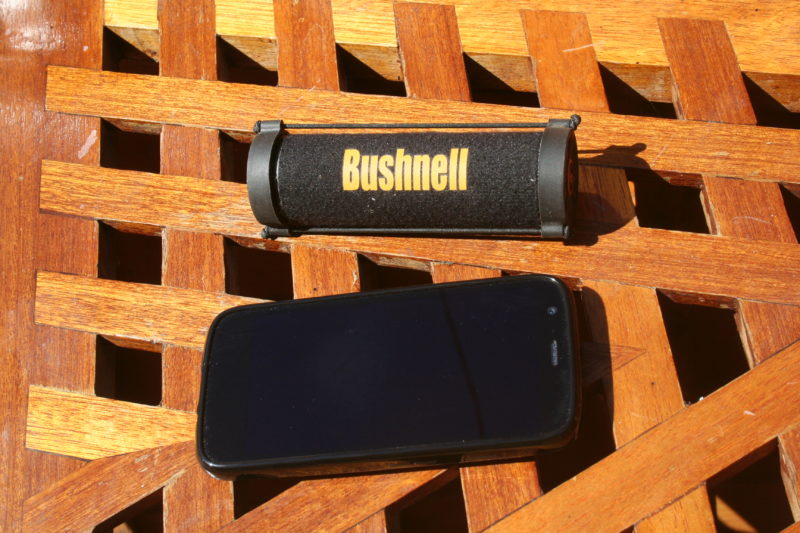
Rolled up, the Mini is smaller than the smartphone it charges.
The Mini is not rated as waterproof, but it survived a heavy downpour that had water flooding the streets. (There is a Bear Grylls version of the Mini that is waterproof.) I’ve grown quite attached to the Mini; it fits in my pocket and will even charge my phone there.
Bushnell’s Solar Wrap Mini lists for $79.95 and sells through Amazon for $52.
Christopher Cunningham
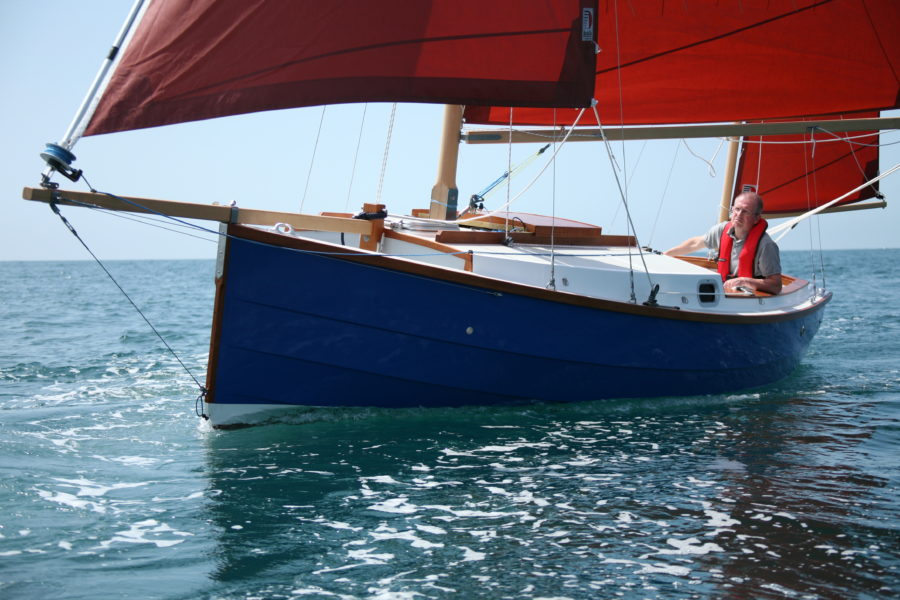
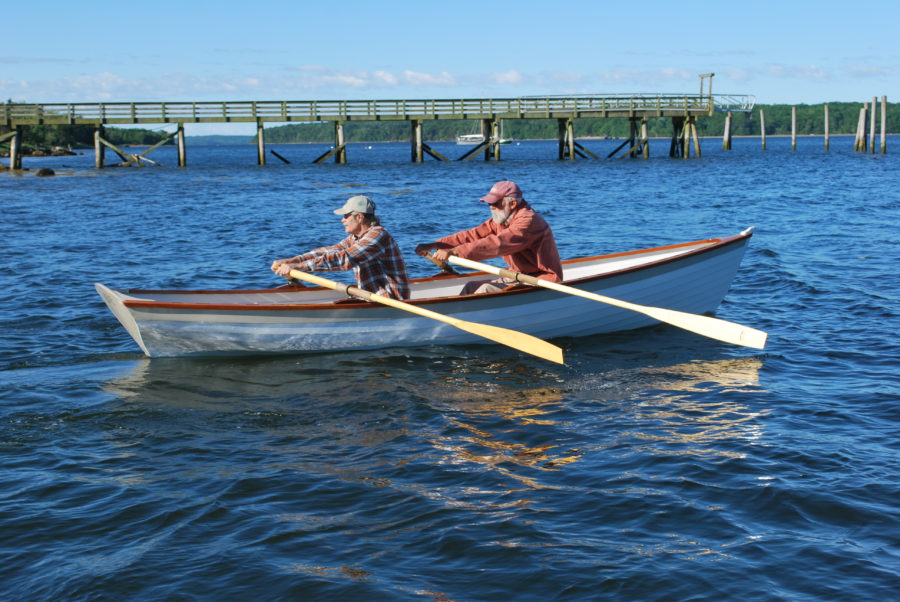

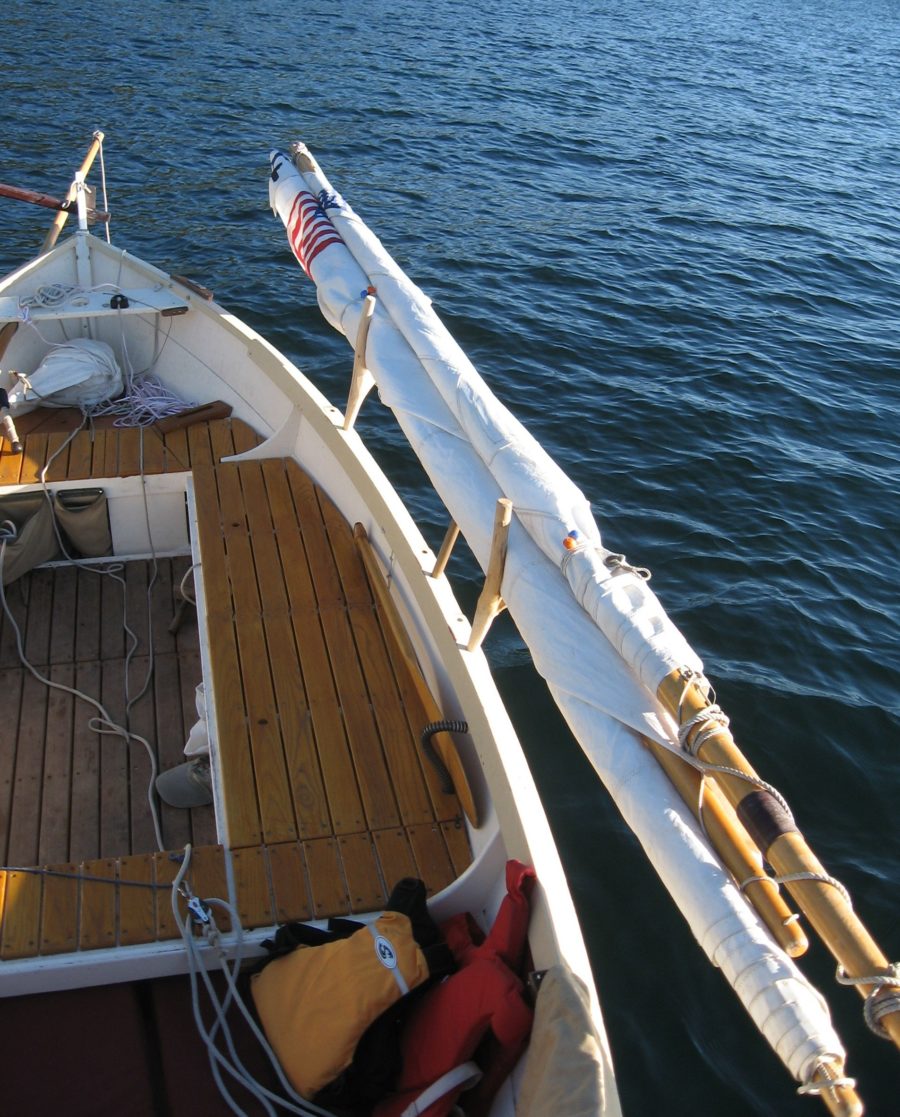
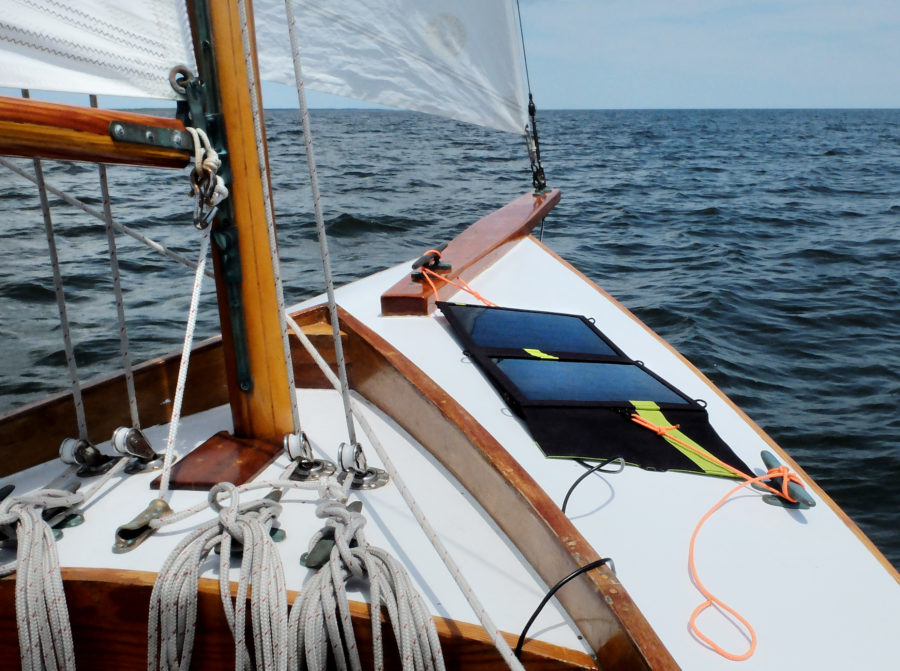
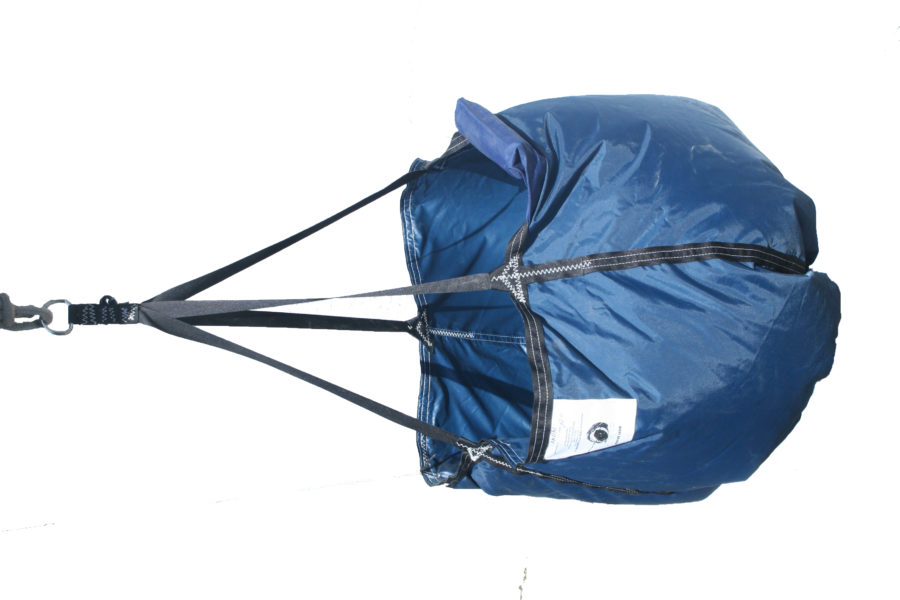

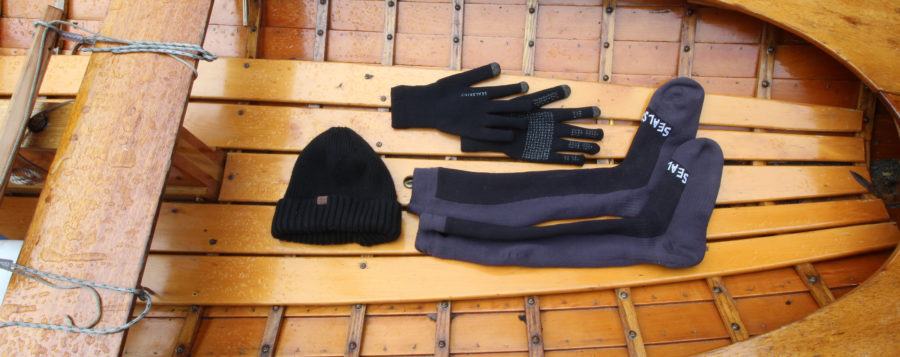
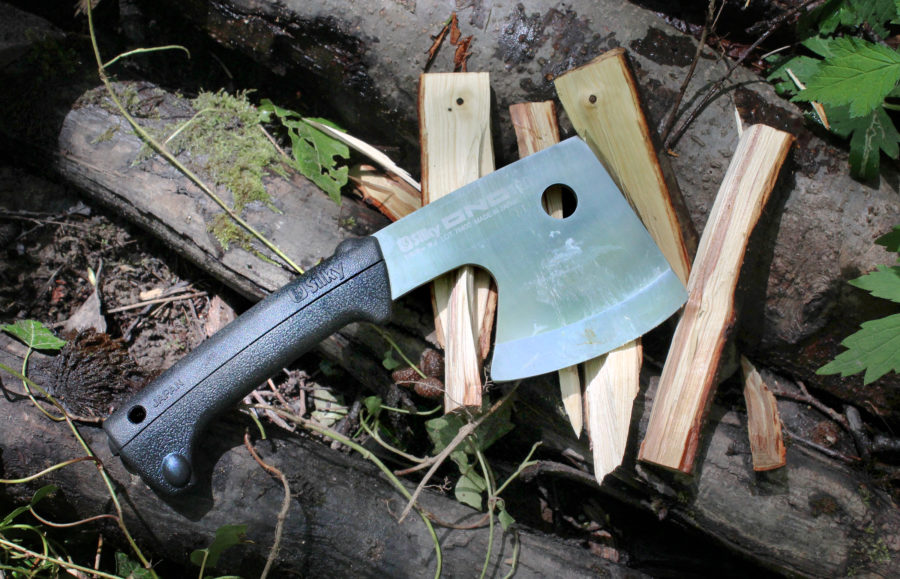
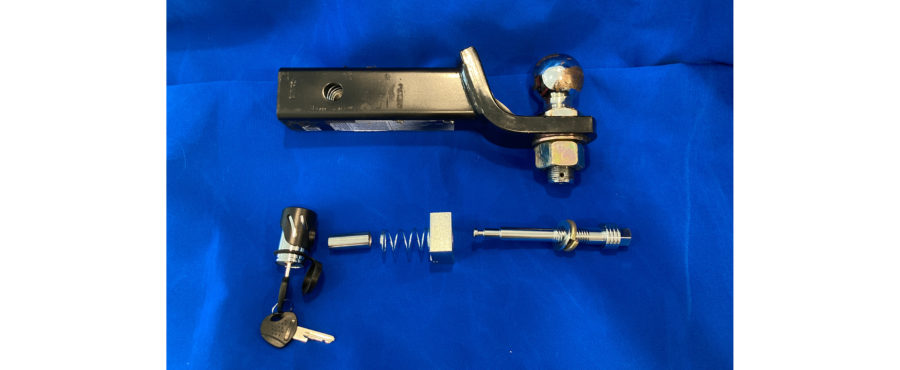
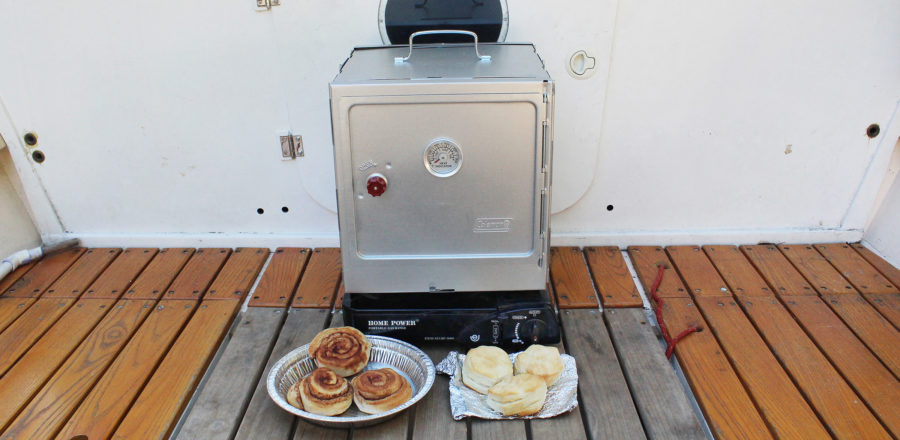
I have a 16′ all mahogany Susquehanna River tunnel boat with an antique marine engine for power. Since it has a 12-volt DC battery to start the engine, I put together a small plastic box with a standard automotive cigarette-lighter socket on one end and some wires that go to the terminals of the battery. I plug in a dual port USB charger gadget that costs about $5.00 at any automotive parts store and keep both my cell phone and my Kindle charged. The box has a oggle switch to turn it off when the boat is not in use.
Steve doesn’t have a battery on his sailboat but even with the cost of high-quality battery, the total cost would be considerably less than his arrangement.
Cheers
Bob Price
A boat that has a motor with an electrical system that generates and stores power can indeed be easily and economically outfitted to recharge electronic devices. My experiment with a 12-volt DC battery on its own, without an onboard charging system, was a disappointment. I had equipped my rowing/sailing camp cruiser with a deep-cycle battery, wiring and several automobile power outlets. The system cost about $100 and powered interior lights, a CD player, a searchlight and my cell phone charger. The battery would last for a few days and then peter out. After that is was just 50 pounds of dead weight. I scrapped that system and switched to AA batteries and solar charging. Solar panels are just one way to provide electricity while cruising, so We’ll come back to the topic in future issues.
Christopher Cunningham, Editor
Nice job with the journal. As a Caledonia builder/owner myself I appreciate everything that’s going on.